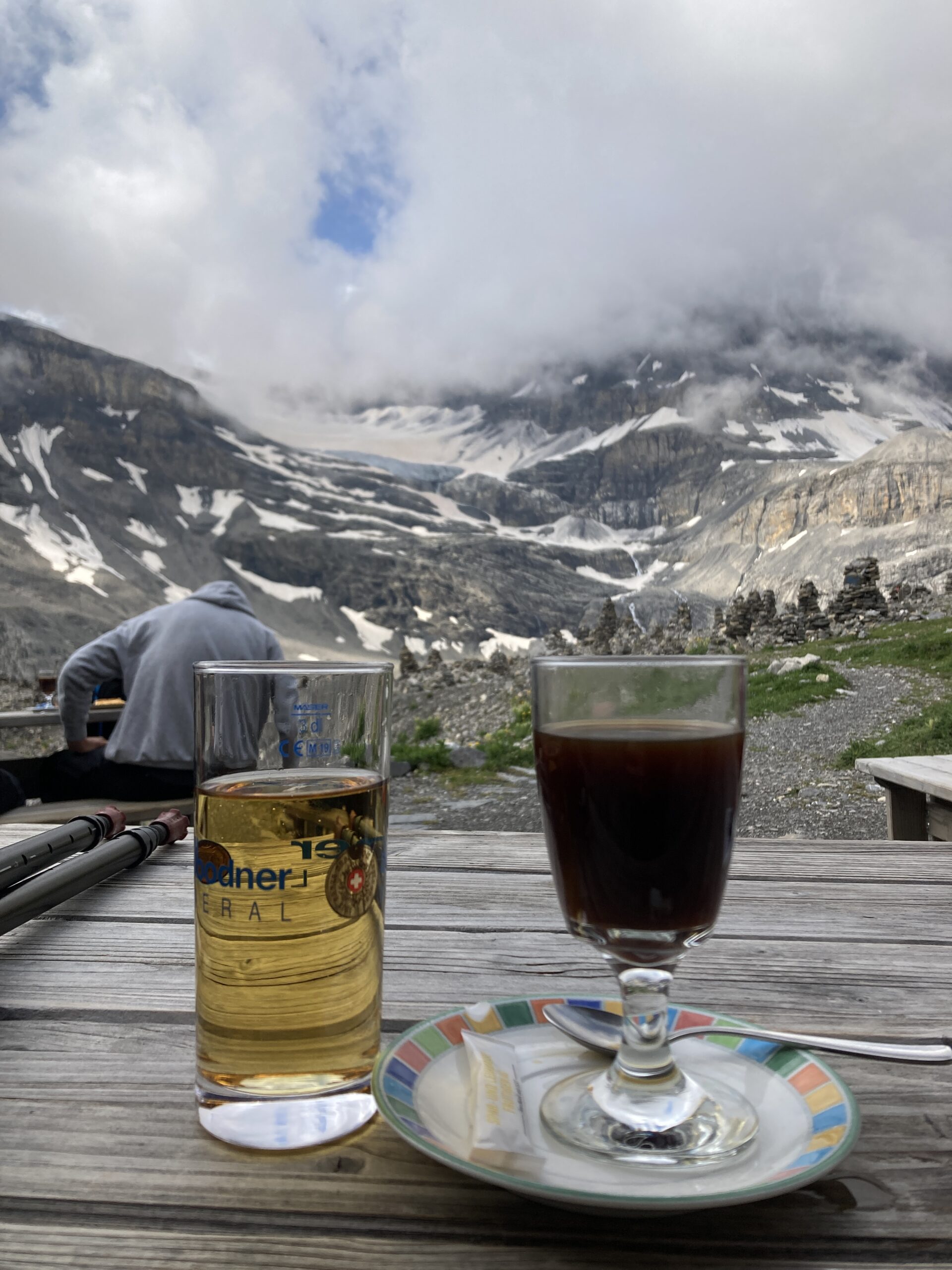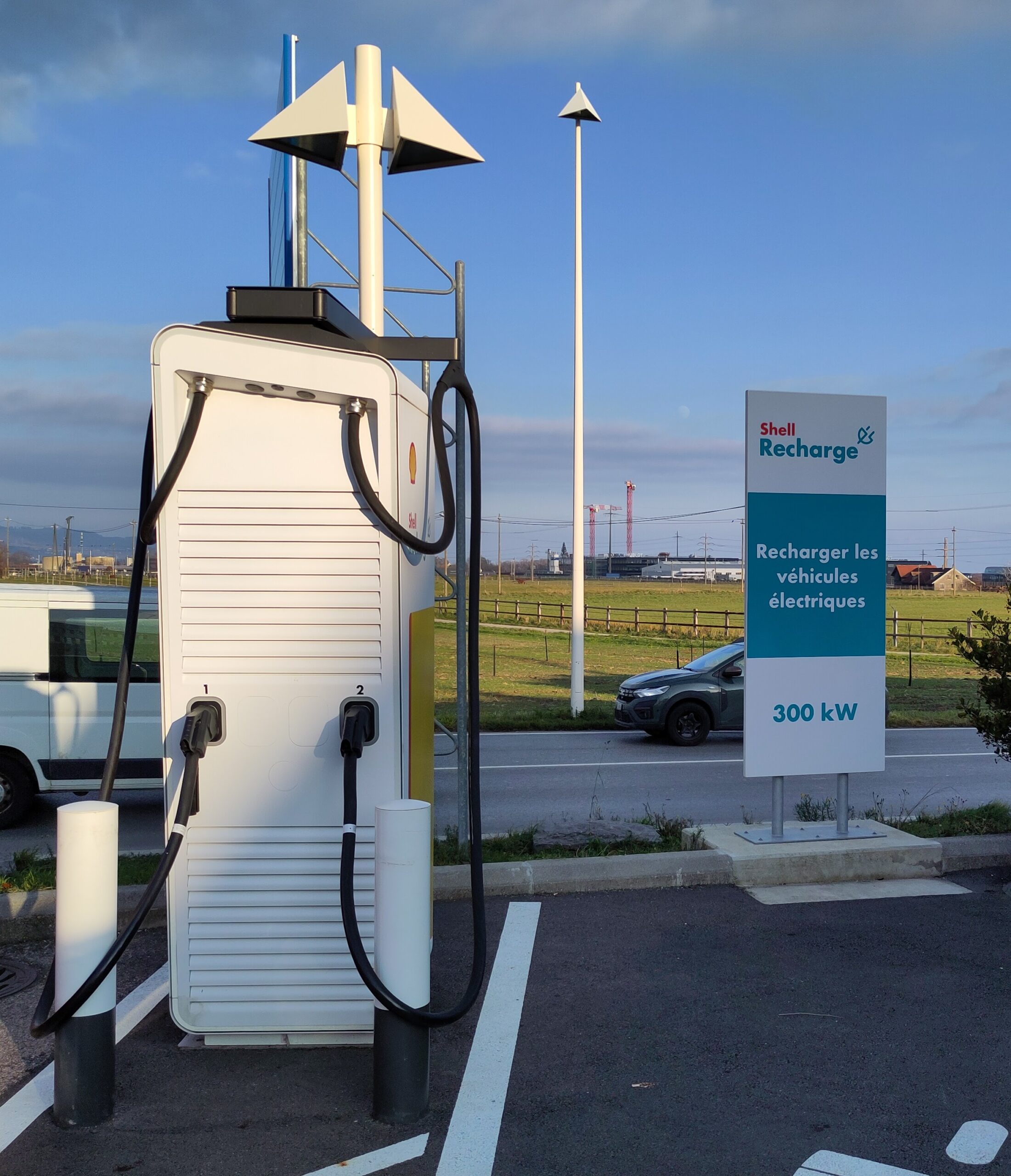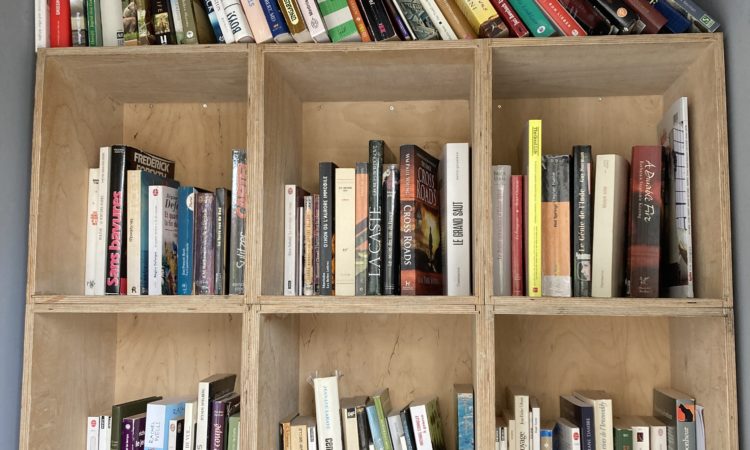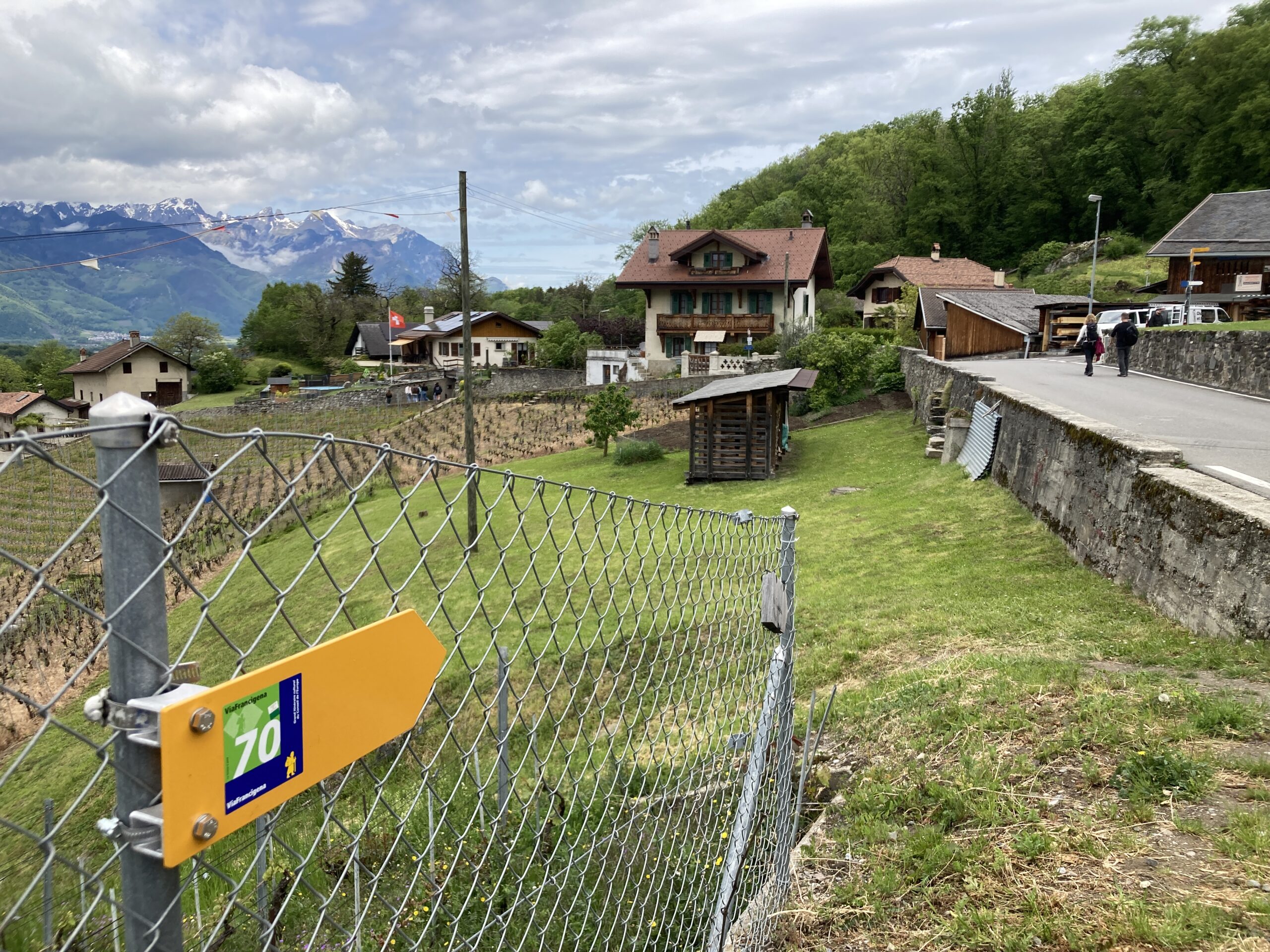Category: Rock climbing
-
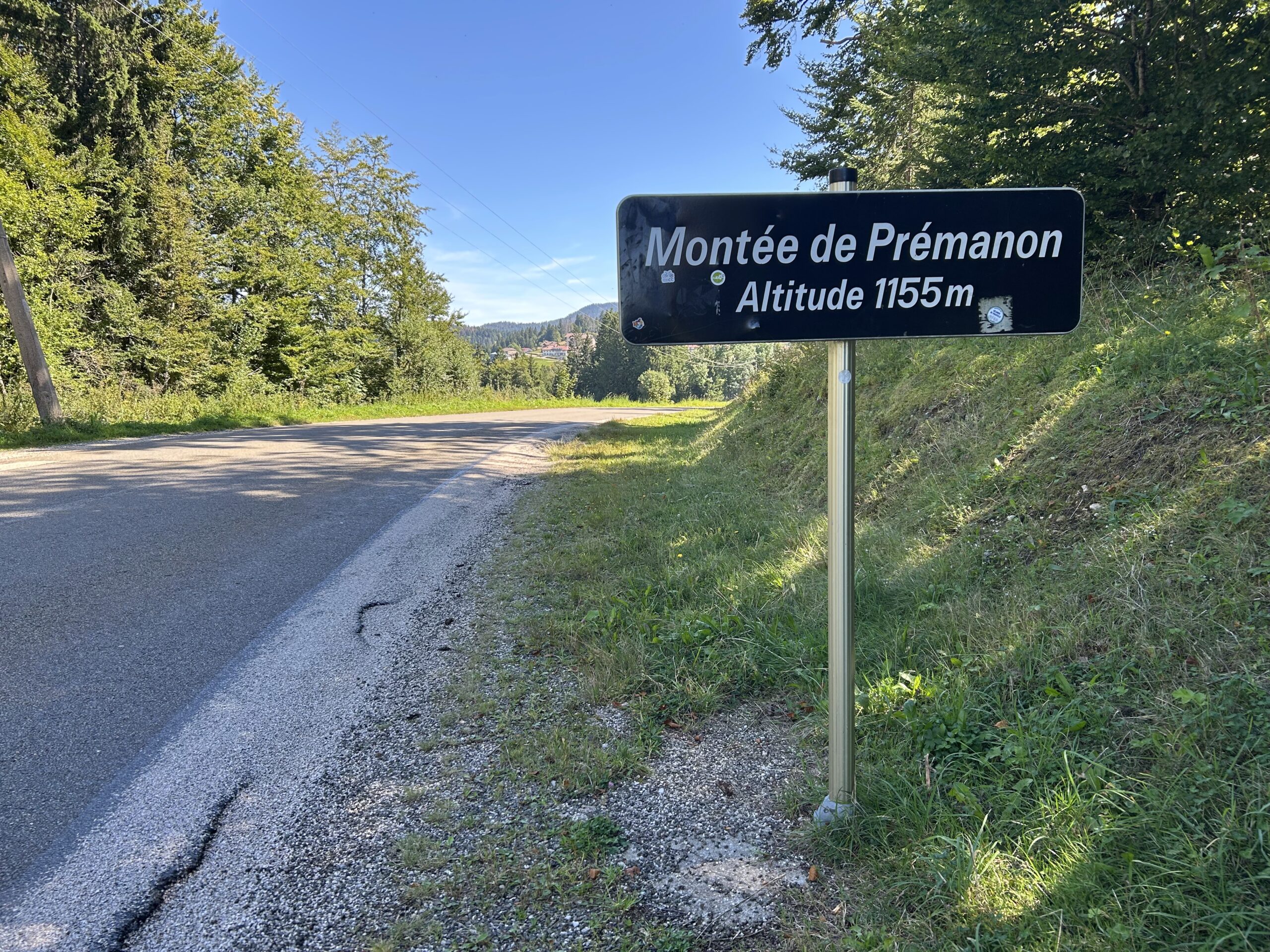
Four Thousand Meters of Cycle Climbing in the Franco-Swiss Jura
Reading Time: 3 minutesMt Tendre via Rolle For a year or more I had been tempted to cycle up to the Mont Tendre and on Saturday I got the opportunity to try that ride with Tête de Course, a Nyon cycling community and café/restaurant. The route went from Nyon to Rolle, and then from Rolle…
-
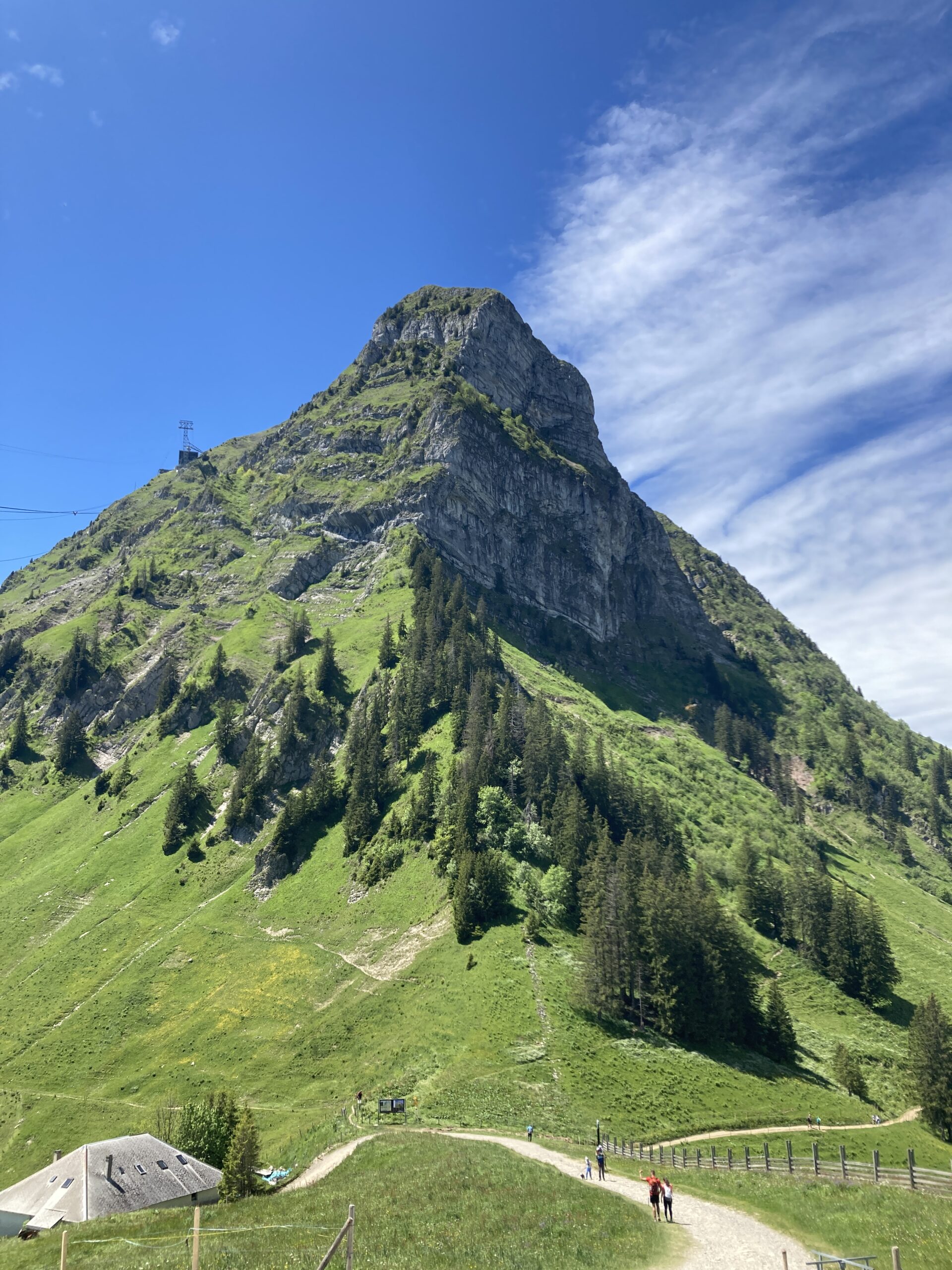
Of Cycling and Via Ferrata
Reading Time: 3 minutesLast night a bike ride was cancelled for this morning due to the risk of rain. As a result I got to sleep in rather than get up to ride at dawn. In the process I got to rest. It also confirms that the seasons are changing. It’s because seasons change in…

